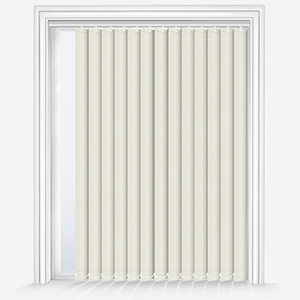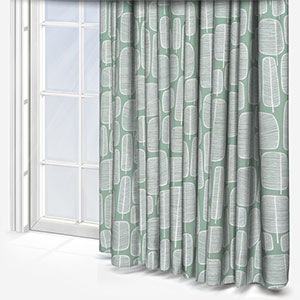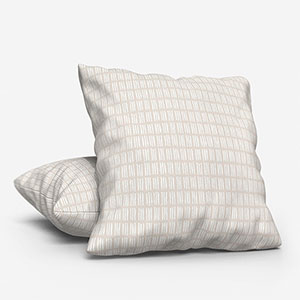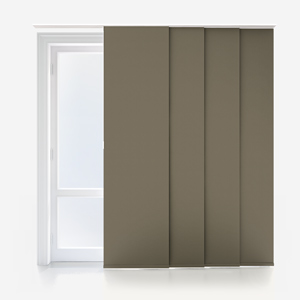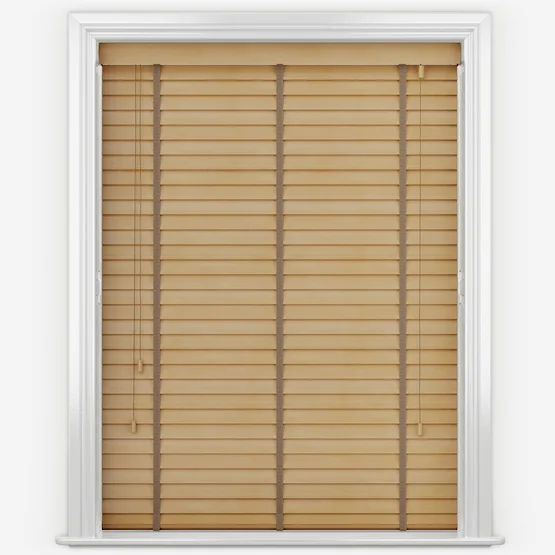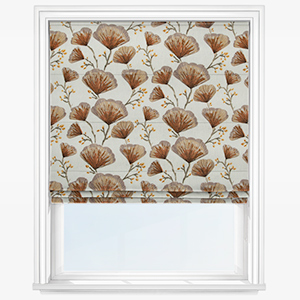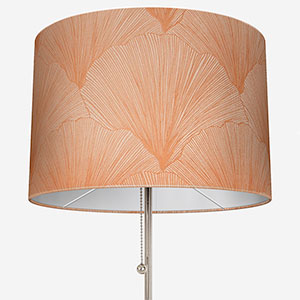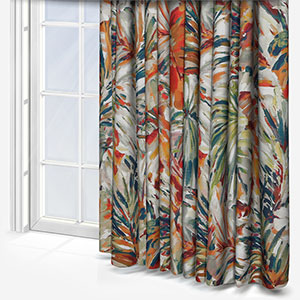
The Silk Road: Japanese Interior Design
Welcome to The Silk Road; a regular series of blogs looking at interior design trends along the fascinating countries and cultures along the historic silk road. For our first instalment, where could be better to start of than Japan – Land of The Rising Sun. Japan has a fascinating and multifaceted culture; combing tradition with modern thinking in equal measure. Today, we will explore Japanese interior design, its core elements and how you can implement them into your home, wherever that may be.
Fundamentals of the Japanese interior design style
The objective of Japanese interior design is to create a calm and simple space, and there are multiple ways in which this can be achieved. For example, use natural materials – such as wood, cotton and silk – dynamic lighting, and a soft tone colour palette consisting of whites, greens, earthy tones and blues. Since many people in Japan believe in a harmonious relationship with nature, minimalism can be seen across Japanese inspired homes, accented with celebrations of the natural world.The implementation of traditional style wooden furnishings and contemporary slim profiles with sharp straight lines are ideal when adding a sense of Japanese style into your home.
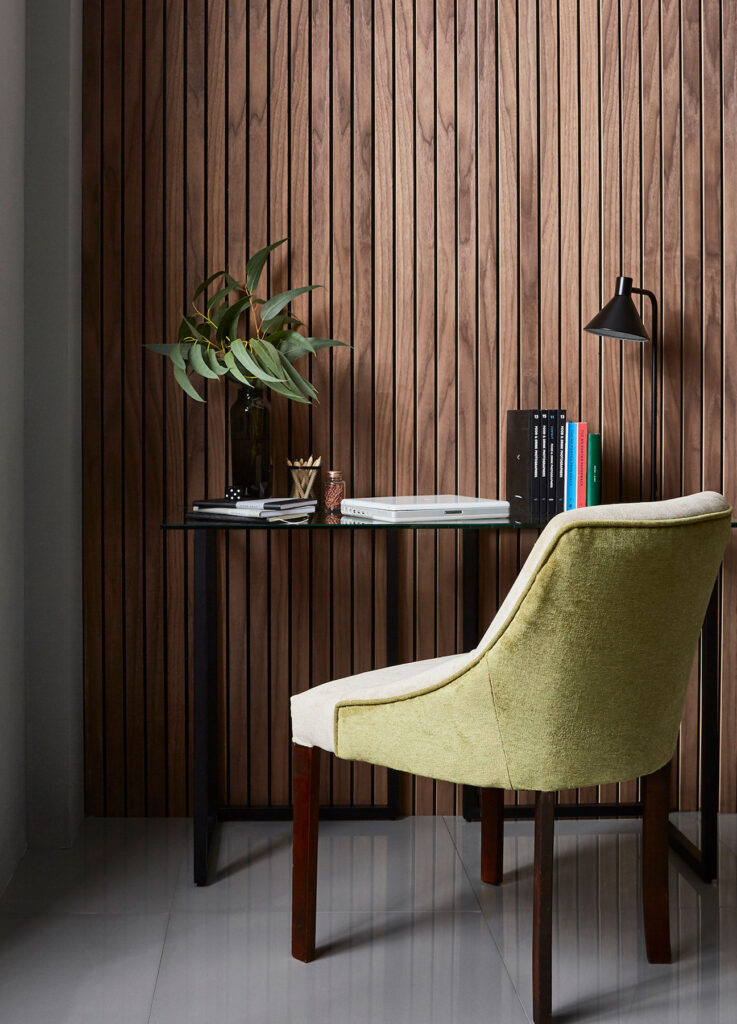
Back to nature – using wood for Japanese style rooms
The use of natural wood is an important component in Japanese interior design, it is seen on the walls, doors, screen grids and frames. The most used wood is bamboo, as it is strong enough to withstand the hot summers and the cold winters. Bamboo is incredibly robust as it has a much stronger and more stable structure than most trees. That said, you don’t have to use bamboo to enjoy wood in your own Japanese inspired space. A fabulous way to introduce influences to your design is by adding wooden Venetian blinds and shutters into your home. You will love the serene calming effect that clean-lined wood elements will have in the space.
Multifunctional spaces
Japanese interiors often feature large open rooms where sliding doors and dividers – also known as shojis – are used to create multifunctional spaces. While shojis may not be readily available, panel blinds are a great way to enjoy sliding partitions in the western world. Moreover, their large slats and chic profiles create an effect that perfectly captures the feeling of a 21st century Japanese inspired space. However, if you don’t have a multifunctional space in your home, panel blinds are an equally wonderful way to decorate your windows. Creating a beautiful fabric division between your interior and the outdoors – they will help you embrace the Japanese mantra of living in harmony with nature.
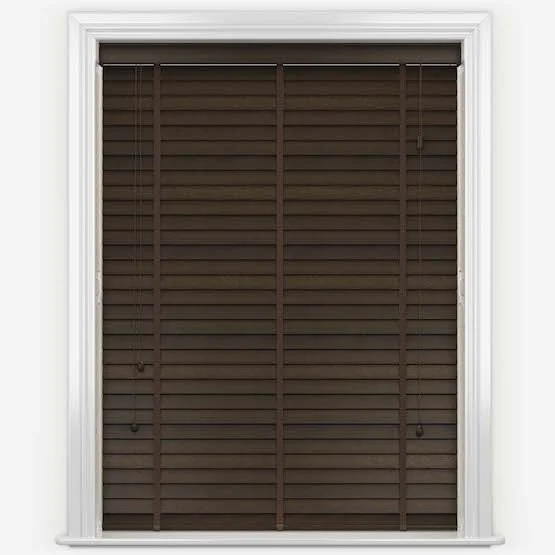
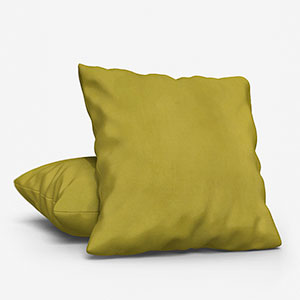
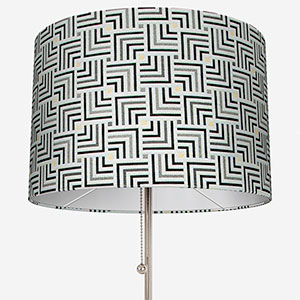
Dynamic illumination through the use of blinds
Lighting is another core element of any interior design, however when it comes to Japanese interiors, it is even more important. Illumination is seen as an art and considered to be of significant importance to creating a serene space. Introduce dynamic lighting in your home with Day & Night blinds. Position the opaque horizontal slats to your exact requirements and let the light filter into your home. Another take on introducing a dynamic light into your home is by using Vertical blinds– the straight angles will bring a modern touch into your space, re-creating a Japanese inspired look. Natural light is the most desirable form of lighting, however in the UK it can be hard to achieve the perfect glow in the room. Enhance your lighting display with the use of metallic lined lampshades. Silver lined shades are ideal for brightening up the space, or for a warmer glow use gold or copper lined shades, ideal for cooler climates.
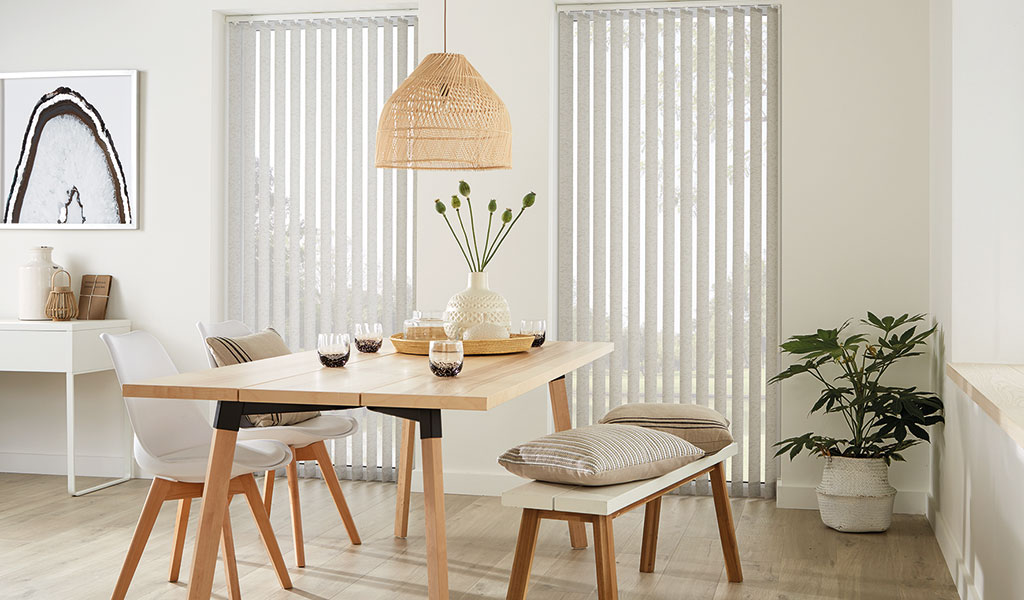
A soft tone Japanese colour palette
Being at one with nature is the essence of Japanese interior design. Choosing a pale colour palette will do exactly this, while creating a calming atmosphere. Most Japanese interiors feature white walls, with wooden components.
However, you will also see implementations of soft green – bringing Mother Nature’s core colour inside. The use of soft greens is a great starting point for creating a nature inspired space. Whether it’s through the use of cushions, curtains or Roman blinds – nature inspired prints such as florals are a great way to start – especially by focusing on leafy prints in pastel green colourways. Additional colours that are used to build the connection with nature are earthy tones, such as oranges, beiges and browns. Using muted tones in these colours will add depth to the space, while maintaining a serene aesthetic.
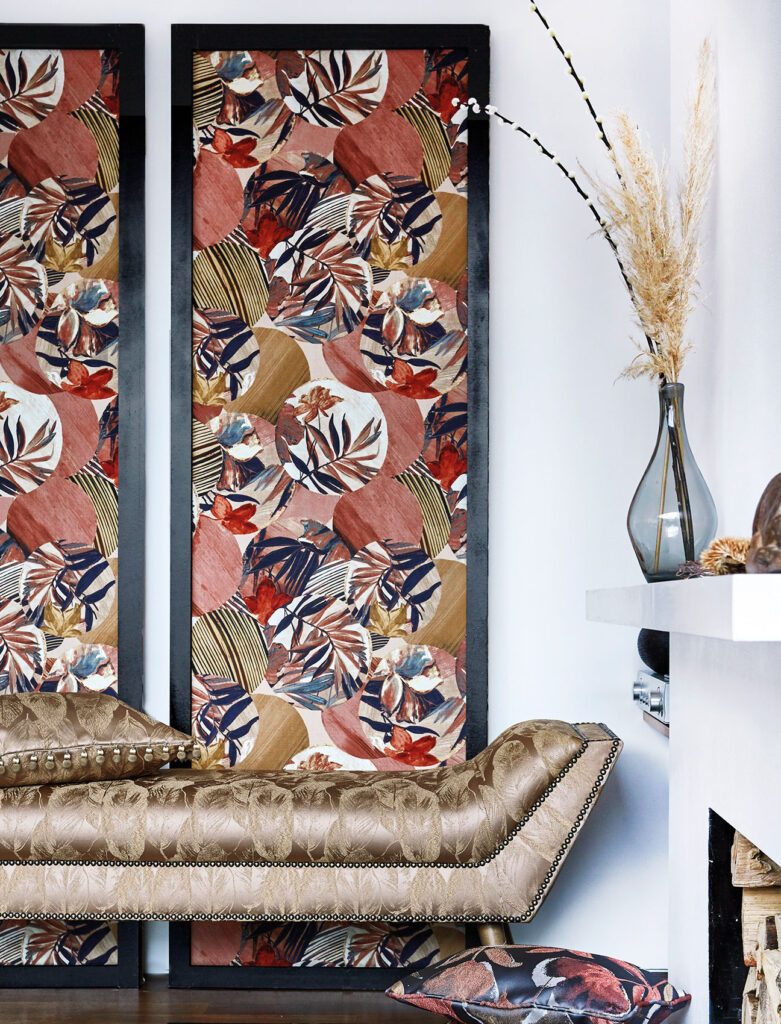
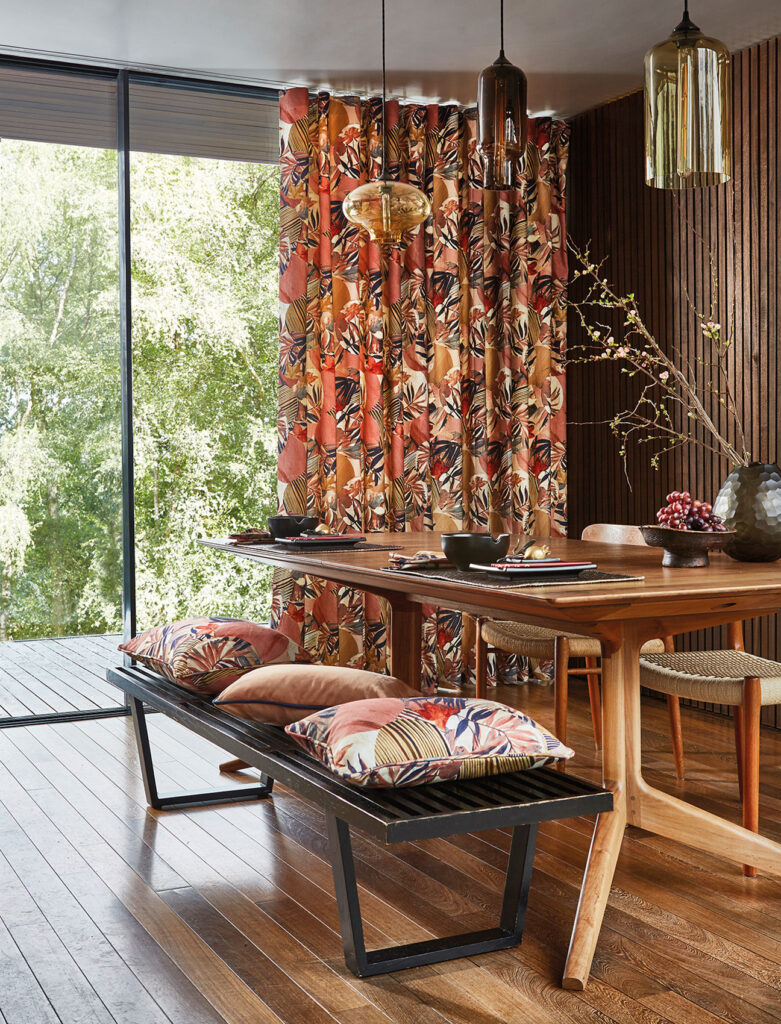
A modern twist on Japanese interior design
Wondering how you can bring a modern, western element into Japanese interior style? Well, we have you covered! Japandi is an interior look that took the world by storm back in 2021 and remains a popular style with many. Japandi is the intersection of Scandinavian and Japanese interior design, both with the key focus of minimalist design, combined with natural elements and muted colour palettes. It creates a simple aesthetic that will enrich your home while bringing in a sense of tranquillity. An interior design element that is desired by many.
In our next instalment of The Silk Road, we will be moving eastbound, crossing the Sea of Japan into China. Here we will start our venture into the silk road, providing you with inspiration for your home!
Shop some of our product for a Japanese decor style:
